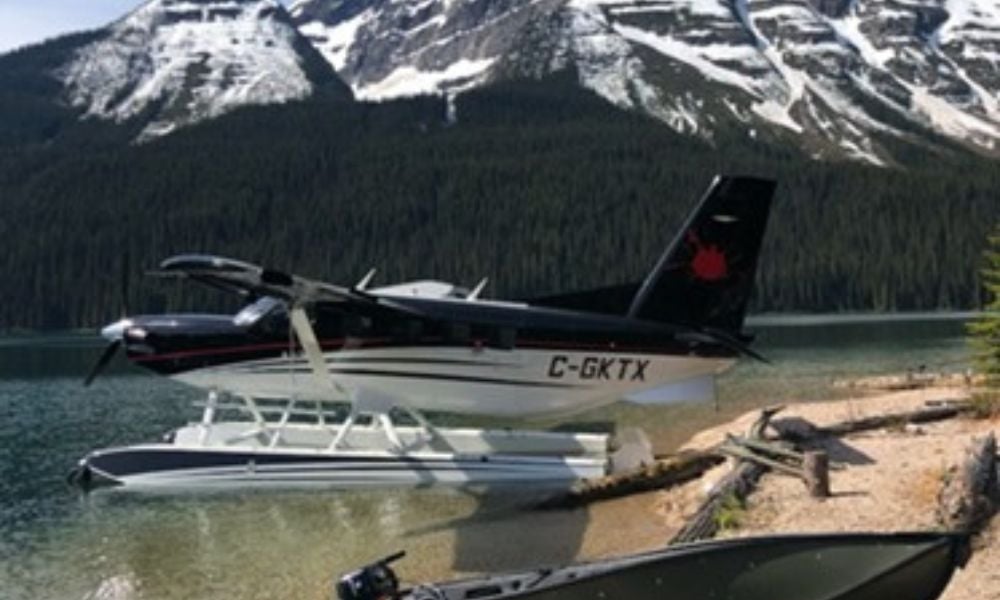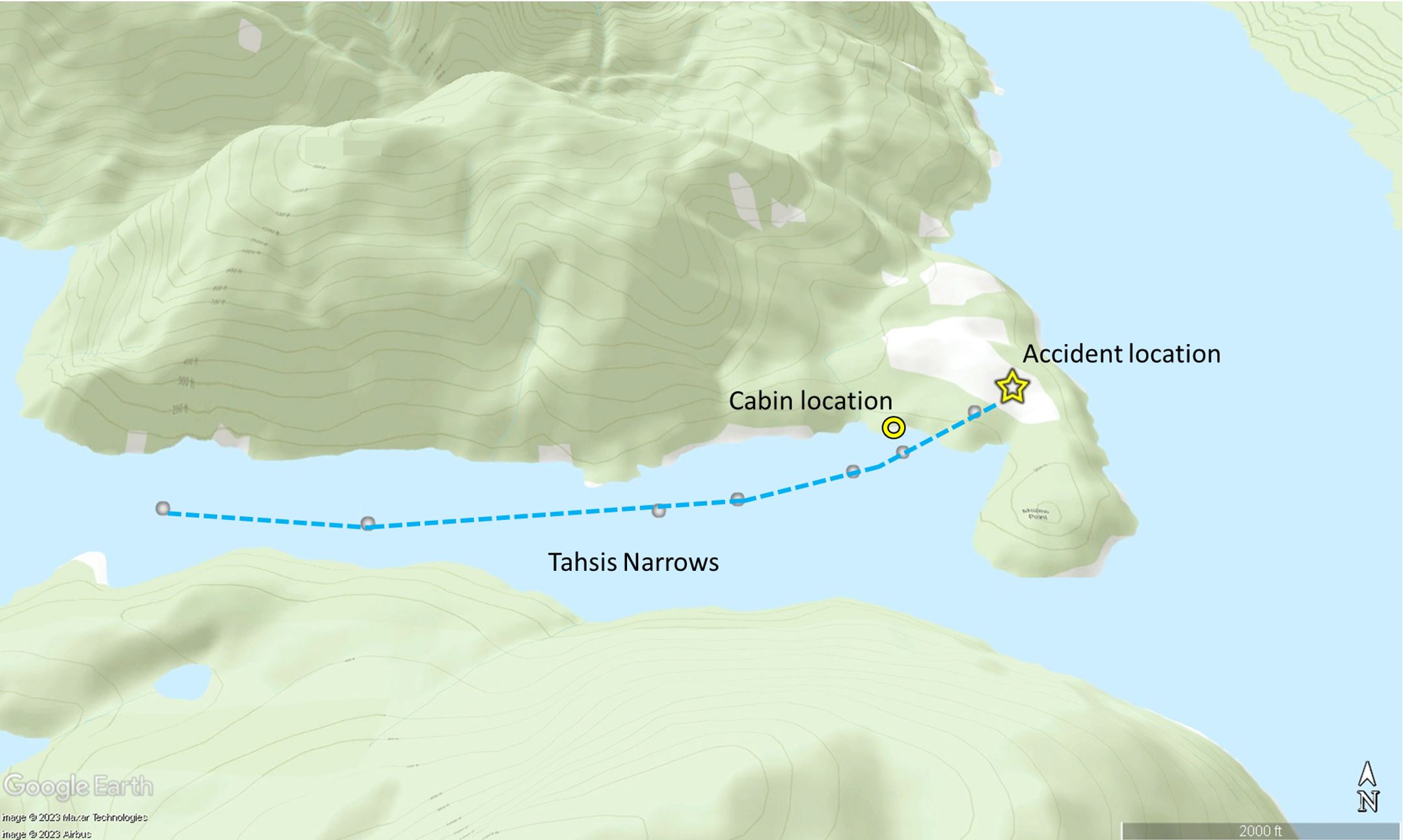Pilot and 1 passenger fatally injured, 2 others hurt in June 2023 amphibious float-equipped aircraft crash

The Transportation Safety Board of Canada (TSB) is reminding floatplane pilots to practice caution when landing following its investigation of a fatal crash that took place last year.
The incident happened on June 20, 2023, when the pilot and one passenger died and the two other passengers were injured as the privately registered Quest Kodiak 100 amphibious float-equipped aircraft they were on had a bad landing.
At around 11:20 am, the aircraft departed from Masset Airport in British Columbia on an instrument flight rules (IFR) flight to Tofino/Long Beach Airport (CYAZ), B.C.
They were headed to a cabin approximately 60 nautical miles northwest of CYAZ.

Source: Transportation Safety Board of Canada
At about 12:45 pm, the pilot contacted air traffic control to cancel IFR and continued the flight under visual flight rules (VFR).
On initial touchdown, both floats touched the surface of the water simultaneously and the aircraft bounced.
However, as the aircraft approached the surface of the landing area the 2nd time in a level attitude, the left float reportedly made contact with either a boat wake or object, according to TSB.
As a result of the contact, the aircraft bounced to a height of approximately 30 feet and banking to the right. The pilot initiated a go-around.
But at 1:37 pm, during the initial climb over land, the aircraft hit trees and then impacted the terrain.
The pilot and one passenger were fatally injured, one passenger received serious injuries and one passenger received minor injuries
The aircraft was also destroyed in a post-impact fire.
The Joint Rescue Coordination Centre in Victoria, B.C. received the emergency locator transmitter signal. The Canadian Coast Guard, Canadian Armed Forces search and rescue, the Royal Canadian Mounted Police (RCMP) and fire personnel responded to the incident.
“There was no weather information for the occurrence location; however, due to the mountainous terrain, it is possible that wind shear and/or downdrafts were present in the area at the time of the accident,” said TSB.
TSB recommendations
Following its investigation, TSB recommended that floatplane pilots, when they’re ready to land, must circle at least 3 times in order to:
- Assess the wind strength and direction.
- Check the landing run area for floating obstacles, submerged deadheads and boaters.
- Check the approach for obstructions, including trees, buildings and wires (usually between islands and the mainland).
- Check the departure area for obstructions.
- Remember that landing distance doesn’t guarantee enough takeoff distance.
- Know your glassy water procedures.
TSB also noted that the Federal Aviation Administration (FAA) of the United States recommends that pilots circle the area of intended landing and “examine it thoroughly for obstructions such as pilings or floating debris, and to note the direction of movement of any boats that may be in or moving toward the intended landing site”.
“Whenever landing conditions are not satisfactory, execute a go-around…,” FAA recommends.
“Climb to a safe altitude while executing the go-around checklist, then evaluate the situation, and make another approach under more favorable conditions. Remember that it is often best to make a gentle climbing turn back over the water to gain altitude, rather than climbing out over a shoreline with rising terrain or noise-sensitive areas.”





